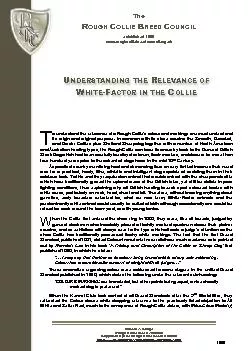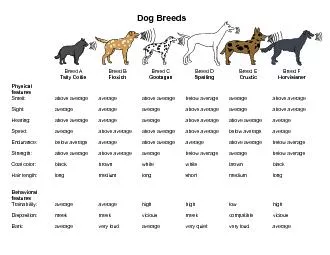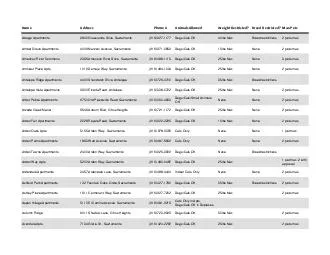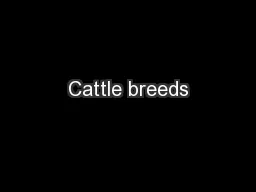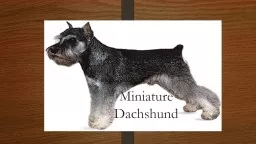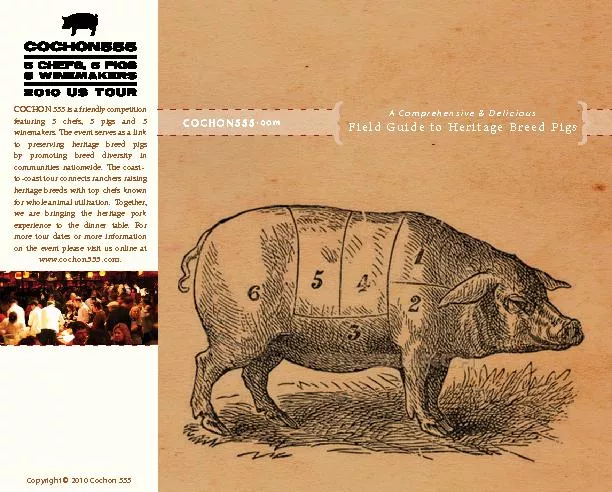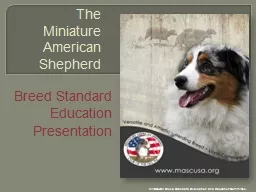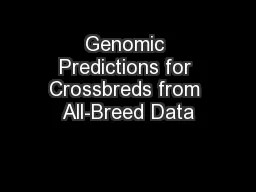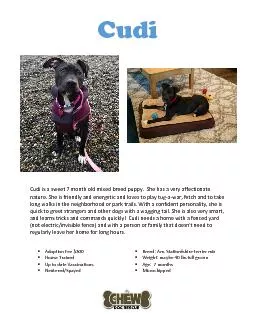PDF-TheROUGH COLLIE BREED COUNCILestablished 1966www.roughcolliebreedcounc
Author : sherrill-nordquist | Published Date : 2016-04-16
Dareen A Bridge Rough Collie Breed Archivist Supported by the Rough Collie Breed Council httpwwwroughcolliebreedcouncilorgukrcarchivehtml 1109 UNDERSTANDINGTHE RELEVANCEOFWHITEFACTORINTHE
Presentation Embed Code
Download Presentation
Download Presentation The PPT/PDF document "TheROUGH COLLIE BREED COUNCILestablished..." is the property of its rightful owner. Permission is granted to download and print the materials on this website for personal, non-commercial use only, and to display it on your personal computer provided you do not modify the materials and that you retain all copyright notices contained in the materials. By downloading content from our website, you accept the terms of this agreement.
TheROUGH COLLIE BREED COUNCILestablished 1966www.roughcolliebreedcounc: Transcript
Download Rules Of Document
"TheROUGH COLLIE BREED COUNCILestablished 1966www.roughcolliebreedcounc"The content belongs to its owner. You may download and print it for personal use, without modification, and keep all copyright notices. By downloading, you agree to these terms.
Related Documents

